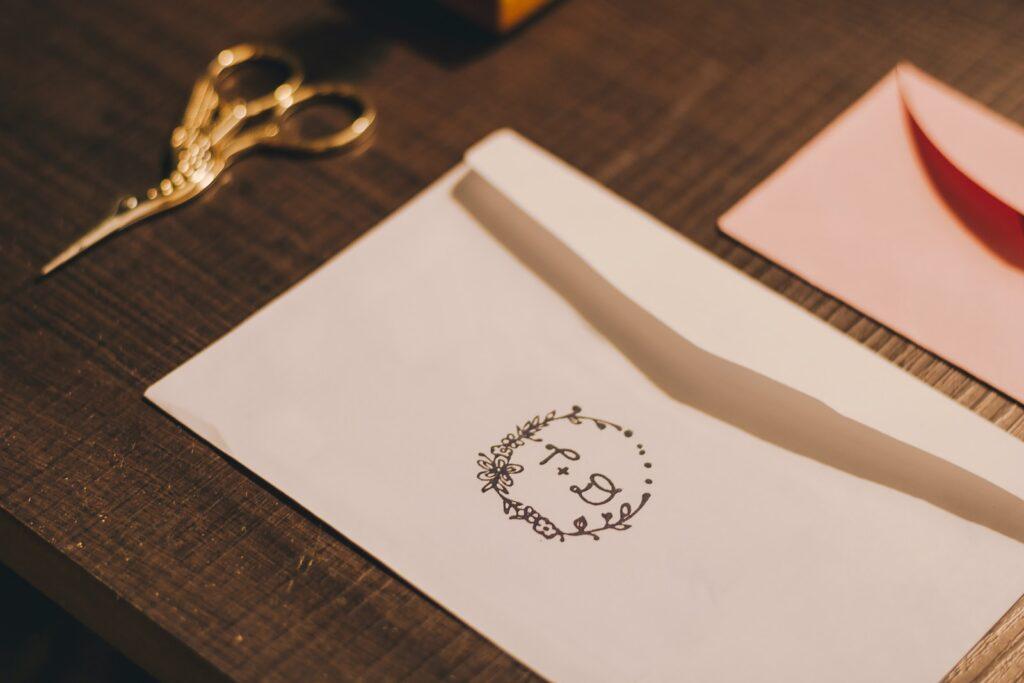WatermarkStationery.com is reader-supported. When you buy through links on our site, we may earn an affiliate commission. Learn more.
Note cards are a thoughtful and personalized way to show someone that you are thinking of them. Whether it’s a thank you note, a sympathy card, or just a thinking of you message, note cards offer a personal touch that is often lost in the world of digital communication. However, knowing when and how to send a note card can be tricky. Here are some tips to help you navigate note card etiquette.

When to Send a Note Card
Thank You Notes
Thank you notes are a great way to show appreciation for a gift or gesture. It’s always a good idea to send a thank you note within a week of receiving a gift or after attending an event. Some specific examples of when to send a thank you note include:
- After a job interview
- After receiving a donation or a scholarship
- After staying at someone’s house
- After receiving a gift or flowers
Sympathy Cards
Sending a sympathy card is a thoughtful way to express condolences to someone who has lost a loved one. It’s important to send a sympathy card as soon as possible after the loss, and within two weeks at the latest.
Thinking of You Cards
Thinking of you cards are a great way to let someone know that you are thinking about them during a difficult time or just because. There is no specific time frame for sending a thinking of you card, but it’s always a good idea to send one when you know someone could use a little extra love.
How to Write a Note Card
When writing a note card, it’s important to keep it simple and heartfelt. Here are some tips for writing a great note:
- Start with a greeting, such as “Dear [name],” or “Hello!”
- Use the person’s name in the note to make it more personal.
- Be specific in your message. Mention the gift, the event, or the reason for the note.
- Express your gratitude or appreciation.
- End with a warm closing, such as “Sincerely,” or “With Love,” and sign your name.
Note Card Etiquette
Writing on the Card
When writing on a note card, it’s best to write on the inside of the card. This allows for a cleaner, more professional look. However, if you run out of space, it’s okay to write on the back of the card as well.
Crossing Out Your Name
If you are sending a note on personalized stationery, it’s not necessary to include your name at the end of the note. Instead, simply sign your name at the bottom. If you do include your name at the end of the note, it’s customary to cross it out before signing your name.
Double-Sided Cards
If you are using a double-sided card, it’s best to write on only one side of the card. This will prevent any smudging or bleeding from the ink.
Folded vs. Flat Cards
Folded note cards offer a little more space for your message, but flat cards can be just as meaningful. When choosing between folded and flat cards, consider the message you want to convey and how much space you need to do so.
FAQ
Do you write on the front or back of a notecard?
You should always write on the inside of a notecard, either on the left or right side depending on your preference. The front of the notecard is usually reserved for the design or artwork.
What side of a blank card do you write on?
You can choose to write on either side of a blank card, but it’s recommended to write on the right-hand side if you’re sending a formal or business-related note.
Why do you cross out your name on stationery?
Crossing out your name on stationery is a sign of humility and respect. It shows that the message in the note is more important than the sender’s identity.
Can you write on both sides of a thank you note?
While it’s possible to write on both sides of a thank you note, it’s best to keep your message concise and to the point. Writing on both sides may make it difficult for the recipient to read and understand the message.
What is the difference between flat and folded thank you cards?
Flat thank you cards are printed on a single sheet of paper and do not fold, while folded thank you cards have a crease in the middle and open up like a traditional card. Folded cards provide more space for writing a longer message, while flat cards are often used for shorter notes or messages.
How do you write a note on a card?
Start by addressing the recipient by name or using a generic greeting such as “Dear Friend.” Then, write a brief message expressing your gratitude or sharing your thoughts. End with a closing such as “Sincerely” or “Best regards,” followed by your signature.
Amazon and the Amazon logo are trademarks of Amazon.com, Inc, or its affiliates.
